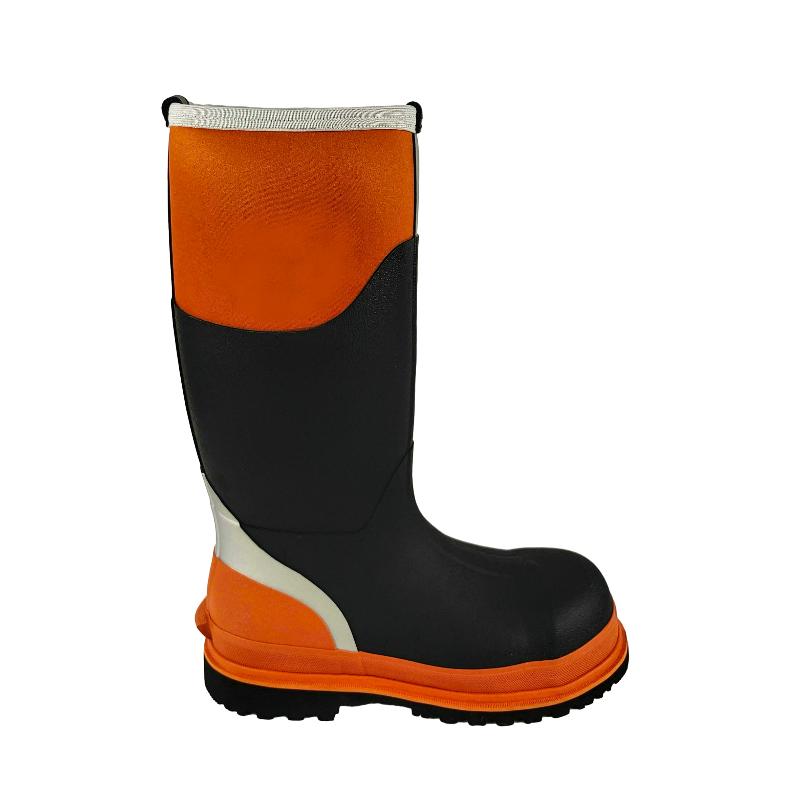Camo combat boots are specifically tailored for individuals engaged in combat and tactical operations. These boots are designed to offer wearers the benefits of camouflage patterns while providing the durability and functionality required for intense and demanding situations. They often feature reinforced toe and heel areas, supportive ankle construction, and slip-resistant outsoles to ensure performance in various terrains.






